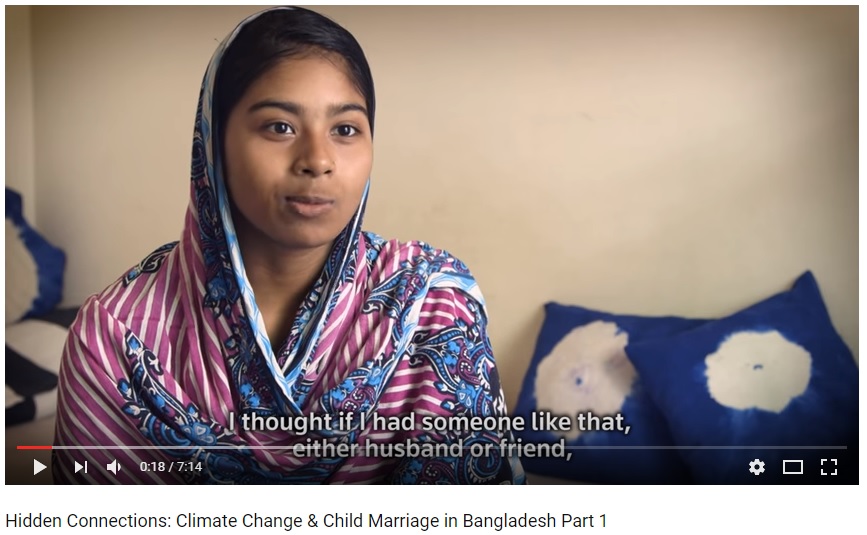What difference does social media make to a global campaign on a vast issue like HIV/Aids? Polis intern Wanda O’Brien reports on the latest Polis Media Agenda Talk.

“Every minute a child is born with HIV.”
How does that statement connect to YouTube?
By 2015 The Global Fund is working to eliminate mother-to-child transmission of HIV to create an HIV free generation. Social media championed the cause.
Claudia Gonzales, Head of Marketing of The Global Fund to fight AIDS, Tuberculosis and Malaria, is optimistic. She gave a POLIS Media Agenda Talk on “Social Media and the Humanitarian Sphere,” addressing the ways our network sites are being used to foster community around global humanitarian issues.
Gonzales says it previously would have taken some 20 years to push the issue of mother-to-child HIV transmission into the spotlight of media, governments, NGOs and civil society. But, thanks to social media, the campaign “Born HIV Free” was turned into a movement within five months.
YouTube, Twitter, and Facebook – between May 19 and October 5, 2010, 700,000 people signed a petition, 20 million responded and 250 million saw the campaign. A social media movement concerned with a very real humanitarian issue, with a very feasible answer, was born.
Gonzales describes humanitarian work as the “compassion of advancing the world’s agenda for the social good.” She has fifteen years experience working in integrated communications in social media, marketing and branding. Prior to her work with The Global Fund, she was Head of Public Relations and Special Projects for UNHRC where she started the use of social media for the UN Refugee Agency. Gonzales has been able to fold what we experience online socially into our social conscience.
Now you might be thinking: Ok, but so what? Just because people are talking about something, online or in person, what is the impact?
Gonzales says that content is at the heart of social media campaigns and is integral to getting people to understand and respond to situations. “It’s all about the content of connecting communities, connecting people.”
Social media, or online networking, is being used in civil mobilization and crisis responses, information and data gathering, and communication. Gonzales cited examples of social media as platforms which allow civil movements, monitor elections, create interactive mapping, and crisis information data, citing Ushahidi and the way the social media was used, and helped NGOs respond to the crisis, in Haiti.
Another example Gonzales spoke of is the equivalent of Facebook for refugees. But instead of finding someone you went to kindergarten with, you find your sister. Refugees United allows people to upload photos and search for missing family and friends in three steps: 1. Create a profile. 2. Search for your missing family and friends. 3. Find your family and friends. What needs to happen next, Gonzales says, is to up the scale of people using the site.
It’s the content of these platforms that drive people to use them.
“There’s nothing like content. You see it, yourself,” Gonzales says. And perhaps when people see an issue in a different light, a socially mediated light, they become more engaged, more interested, more aware.
“You have no idea,” Gonzales says, “how many issues of organizations are slowed down because people have no awareness, governments have no awareness.”
The Global Fund provides funding to organizations that are fighting HIV, malaria and TB. It needs funding in order to be able to allocate funding. The 700,000 signatures from the Born HIV Free campaign were given to UN Secretary-General Ban Ki-moon at the October 4 and 5 2010 conference in New York. At the conference donors made their financial commitments for the years ahead.
A generation born HIV free starting in 2015. It sounds like a very tall order and the deadline’s not so far away. Does social media impact humanitarian change? We’re going to find out.
By Polis Intern Wanda O’Brien
Polis has a special panel debate on public perceptions of humanitarian communications next Wednesday evening




Great post Wanda . Social media (site’s like Facebook and Yotube in particular) play a huge role in how we consume and engage with media nowadays. Using them to help raise awareness, and importantly funding for, humanitarian efforts abroad is a very worthwhile cause indeed.